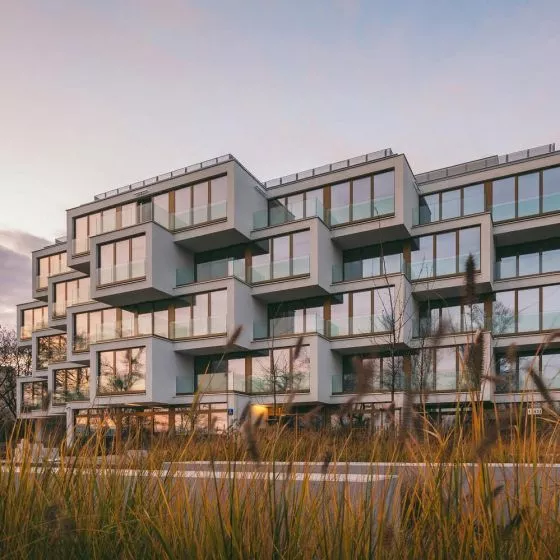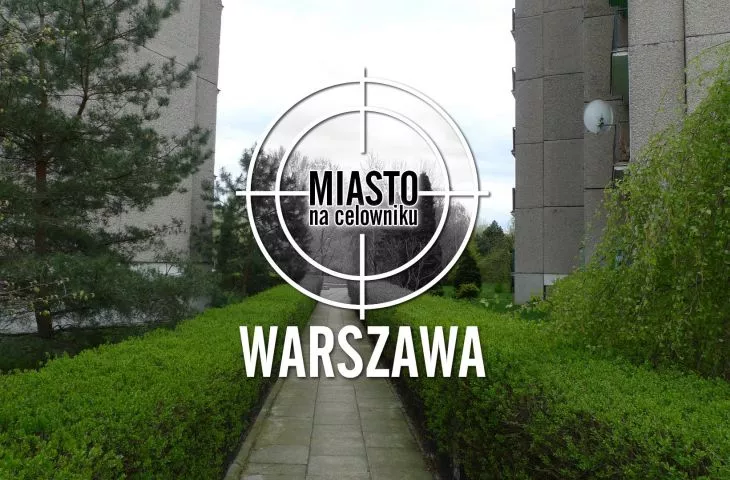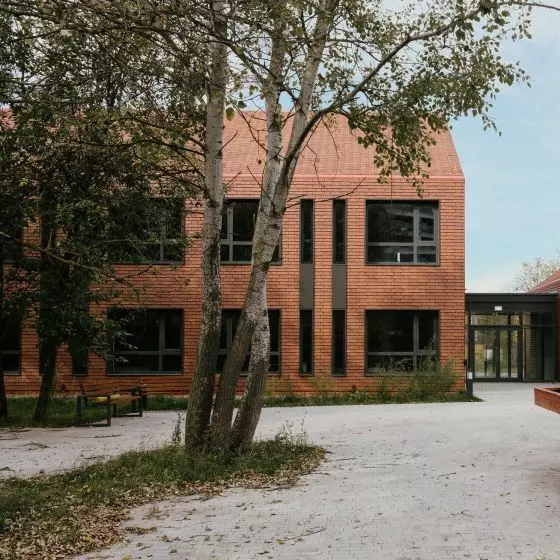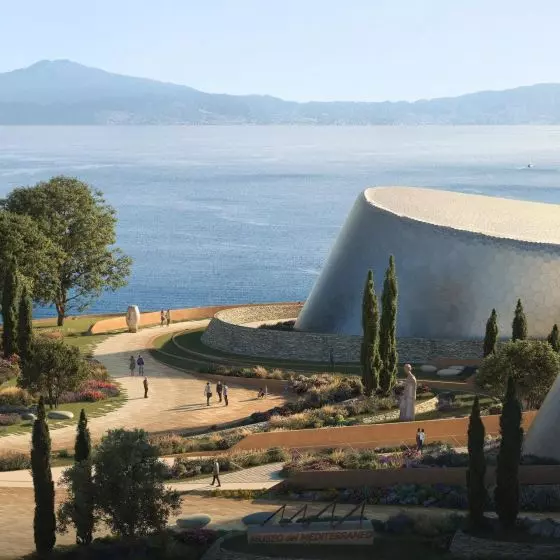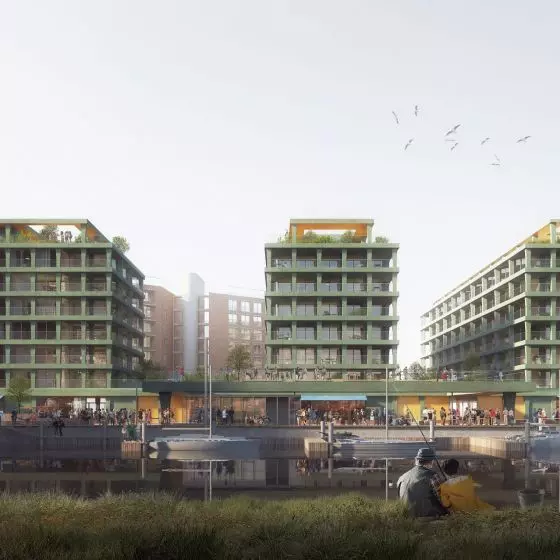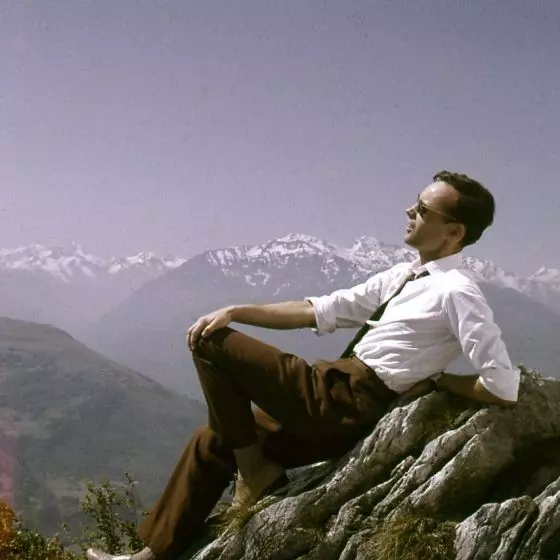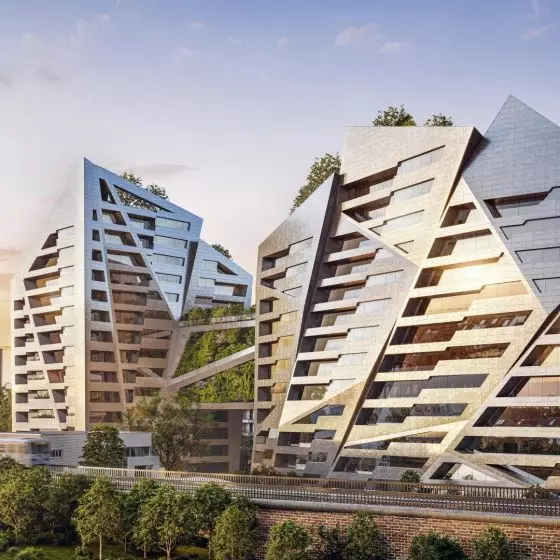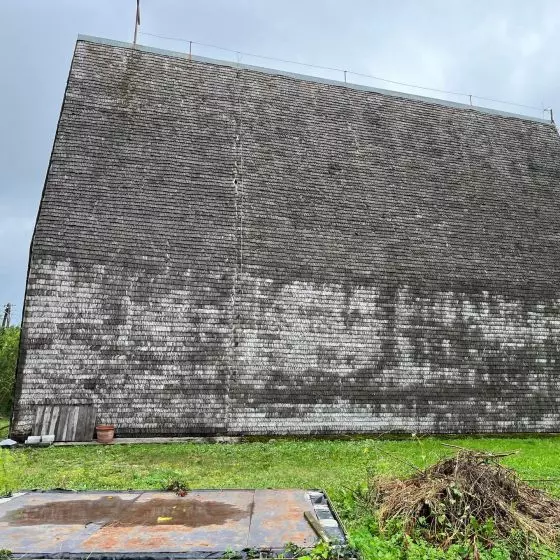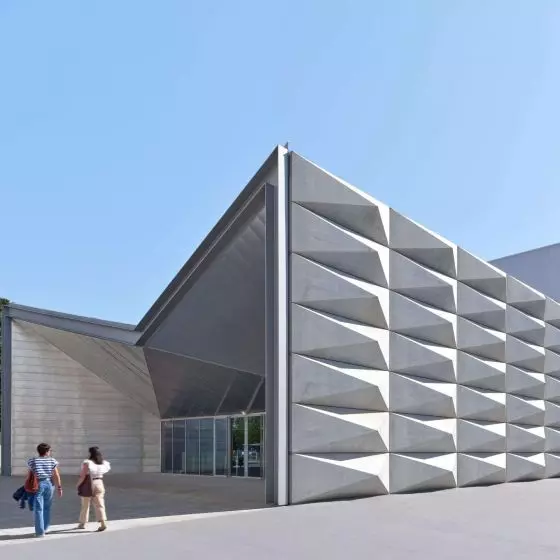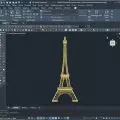For some, the slogan "summer in the city" sounds like a curse, because the meaning of vacation for many is to visit remote corners of the world. Surely there is nothing left to discover in your own city?
On June 15, 2020, the Capital's Office of Tourism launched a campaign to encourage Warsaw residents and tourists to get off the beaten track and described in guidebooks. The go2warsaw.pl website successively publishes suggestions for routes by which to explore Warsaw. Despite the announcements, however, it is in vain to look for little-known corners of the capital in this offer. In addition to the Palace of Culture and Science, the Old Town and Łazienki Park, it includes such "unpopular" places as the Vistula boulevards or museums - the National, Polin and Warsaw Uprising Museums. The most "exotic" item here appears to be the Praga district (which, by the way, for visitors from cities little destroyed during World War II, is no attraction at all).
Since the Capital Tourist Office is unable to offer tourists really little-known but attractive places in Warsaw - maybe they simply don't exist? Warsaw does indeed have the reputation of not being a very captivating city: there are no really valuable monuments, no picturesque backstreets, the Old Town is small and there is virtually no life going on there, modern (and rather average) architecture dominates, and the long distances discourage the slow wandering around the city that is typical of vacation time. But at the same time, Warsaw is a place that everyone wants to see. So what interesting things can you experience in the capital?
Warsaw has the advantage over other Polish cities that it is large and quite diverse. As a person born in this city and living here for more than four decades, I still can't say that I know every corner of it. And herein lies the great value of the Polish capital: even if these are not the places described in tourist guides, there are dozens of areas in Warsaw where a person a little more sensitive to architecture and urban space will experience more than one surprise.
Postmodern Bemowo
For many years I have been passionately wandering around Warsaw along little-trodden, but above all unfamiliar routes. Such expeditions do not always have a specific goal, they are often "blind" trips. It is enough to take a bus on a line that is little known to oneself, go to the loop and then wander back on foot. In this way you can discover really interesting places, original buildings, not so obvious spatial solutions. As a resident of the left-bank, southern part of Warsaw, I treat the northern districts, such as Bemowo, or neighborhoods on the right bank of the Vistula, such as Goclaw, like another land. These are areas of fascinating excursions. In Bemowo you can see many housing estates from the 1990s, with fanciful forms and vivid colors (used long before the thermo-modernization pastelosis). And among them, you can also search for treats like the postmodern school on Oławska Street, designed by Jerzy Grochulski 's team in the first half of the 1990s.
Postmodern school on Oławska street, designed by Jerzy Grochulski's team
photo: Anna Cymer
Among Bemowo's blocks of flats one can also find an enclave, built on the model of a small town: there is a "market square" surrounded by arcaded "tenement houses", one of which is even crowned with a turret. Although the general opinion is that Bemowo is not a very interesting block of flats, a short walk there will reveal extremely interesting forms of residential architecture of the first years of Polish capitalism.
an estate for young families
Enthusiasts of housing estates and multi-family residential buildings are also encouraged to go to Grochow - here, between Romea i Julii street, Wspólna Droga street and Szklanych Domów street, there is Osiedle Młodych estate. A complex of buildings with such a name can be found in almost every Polish city; in the late 1950s and early 1960s they were built to emphasize the state's concern for social development - young families.
Osiedle Młodych designed in 1957 by Stefan Ciechanowicz and Tadeusz Kobylanski
photo: Anna Cymer
This Warsaw neighborhood, designed in 1957 by Stefan Ciechanowicz and Tadeusz Kobylanski, although located on the outskirts, is extremely charming thanks to its intimate scale and interesting blocks of flats. Some may grumble at the encouragement to visit the housing estates - but I think he'll change his mind if he enters the gated development quarter of the Ursynów Passage. He will quickly appreciate the finesse of the architecture, but also of the spatial premise itself, developed by Marek Budzyński in 1995-97.
Pasaż Ursynowski, the assumption developed by Marek Budzyński
photo: Anna Cymer
Ponds with bridges, specially selected greenery, elevations overgrown with ivy are important elements of this place, together with interesting details of entrances to staircases, gates, balconies. And if one wanted to broaden one's view of how many ways housing space can be created and how ideas change over time, one could look at Odolany, where new housing estates are now growing on post-factory land.





